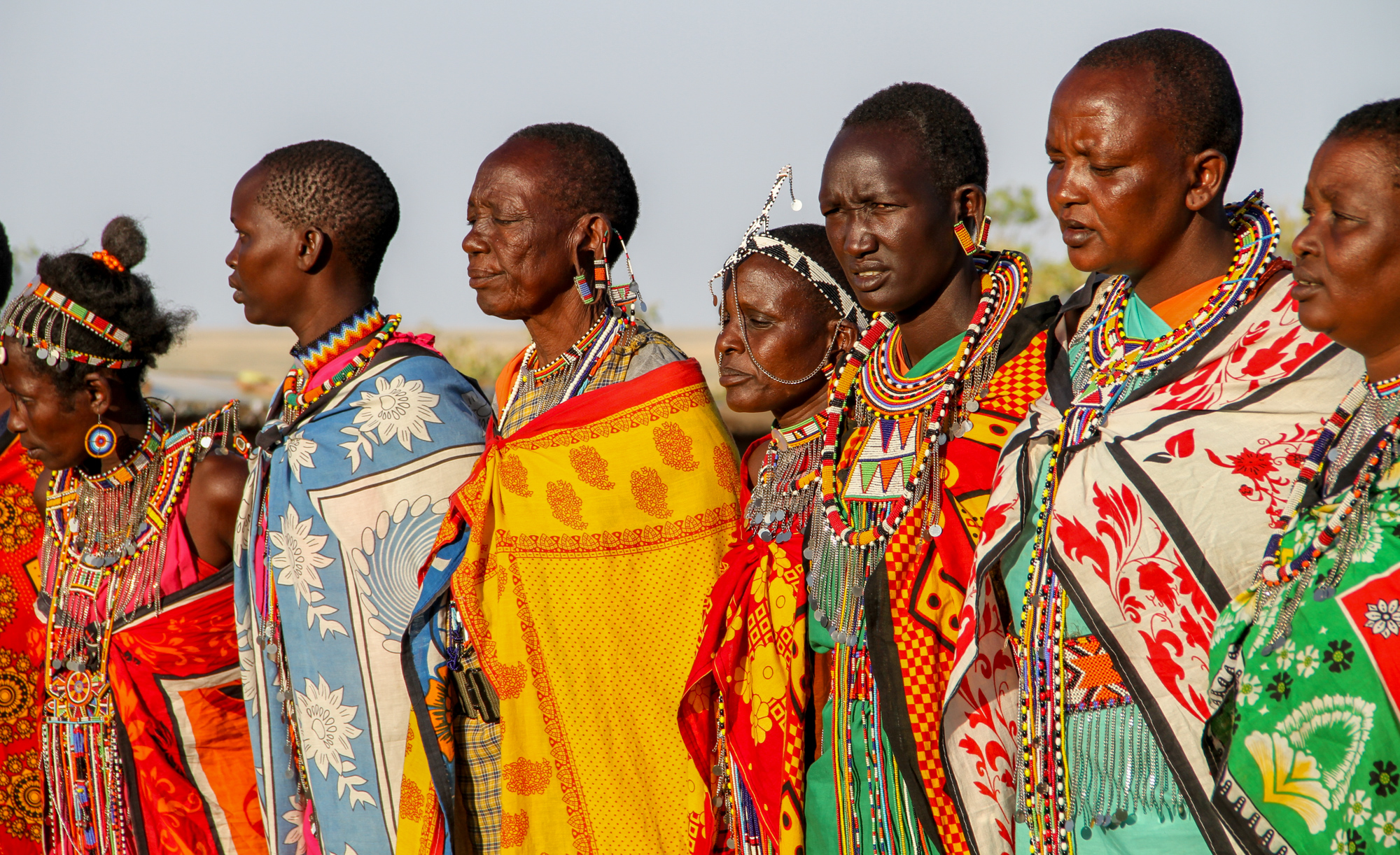A day in the life of the Masai Village!
Date 2024/03/18 09:53:54 by Rebecca du Toit
Imagine exploring a new culture, in a new place - a culture filled with amazing contrasting colours and friendly faces. Imagine being welcomed by the chief of a village himself.
The tour of the Manyatta Village is nothing short of amazing. The people of a Maasai village wear the most beautiful traditional attire, filled with colours, and welcome you with traditional songs that resonate deep within your soul.
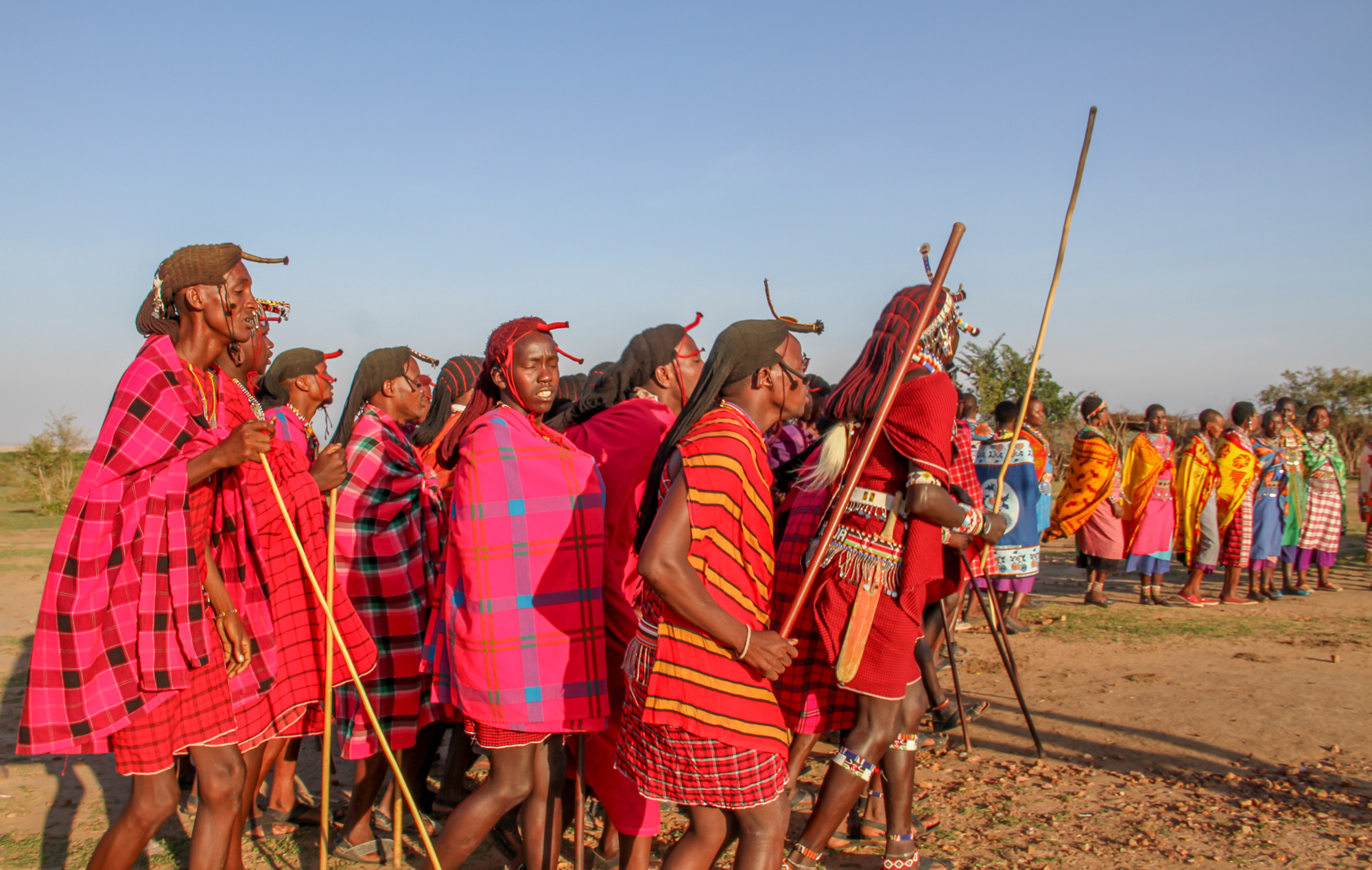
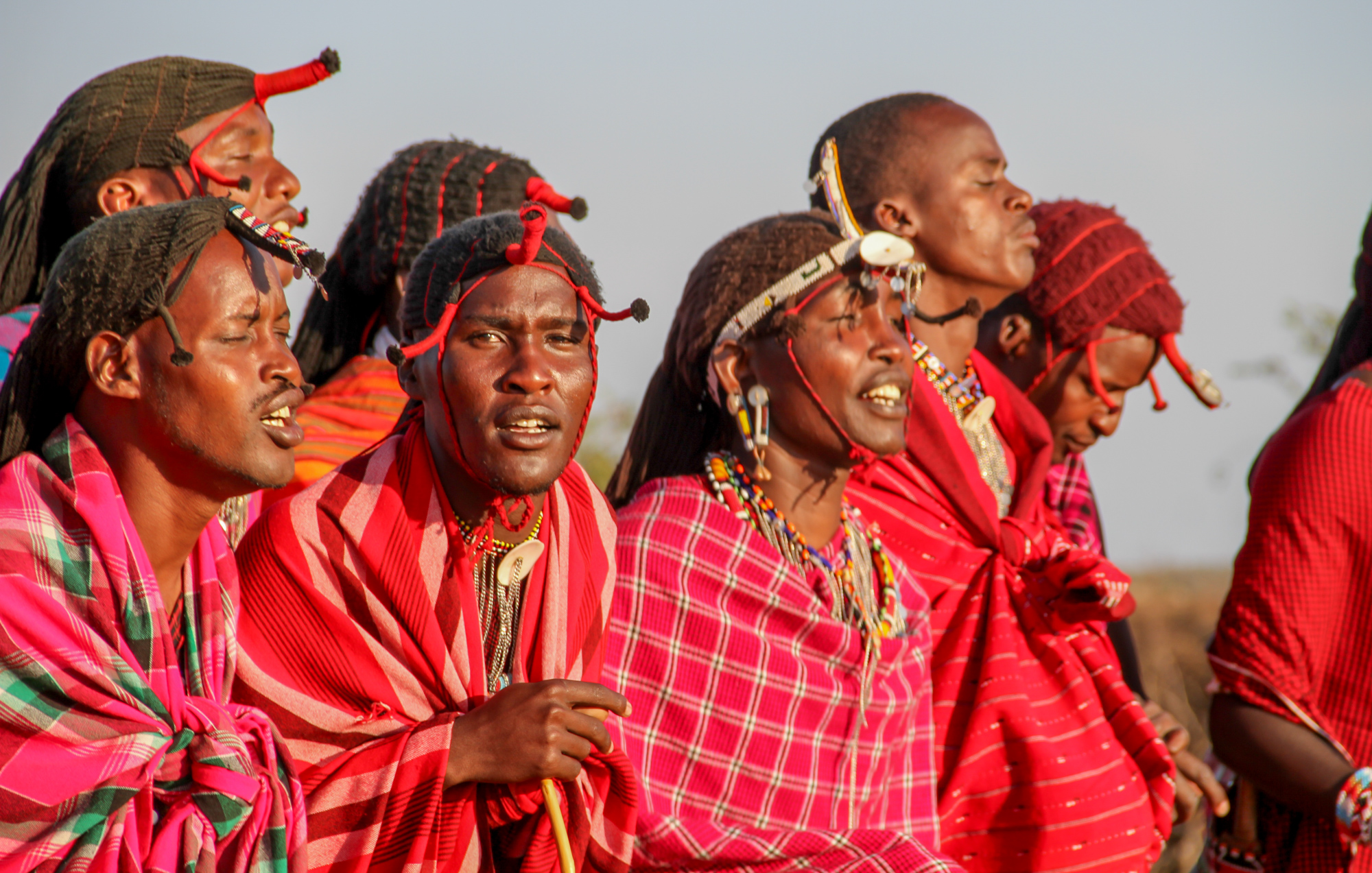
The village is home to 200 Masai people and is carefully designed to keep their livestock safe from predators and the wildlife of the Masai Mara. Walking through the Masai village, there is only one entrance, a beautiful one at that. A carefully crafted stick fence, knitted together, acts as a barrier just on the outskirts of the houses, creating a kraal (enclosure).
These houses are a testament to impressive craftsmanship, constructed by the women in the village using sticks, clay, and mud. Each house boasts three rooms, a kitchen, and a small window that allows a trickle of light to enter. While these structures may wear with time, the women ensure they are well-maintained, filling cracks in the mud every three months.
One of the most captivating experiences in the village is witnessing the Adumu, also known as the Maasai jumping dance. This dance is an integral part of Masai culture and is performed at special occasions. The height at which the men jump symbolizes their strength and maturity. The higher the jump, the more respect, admiration, and desire they receive from the women. This dance also plays a role in the Eunoto ceremony, marking the transition of boys into men at around the age of 16.
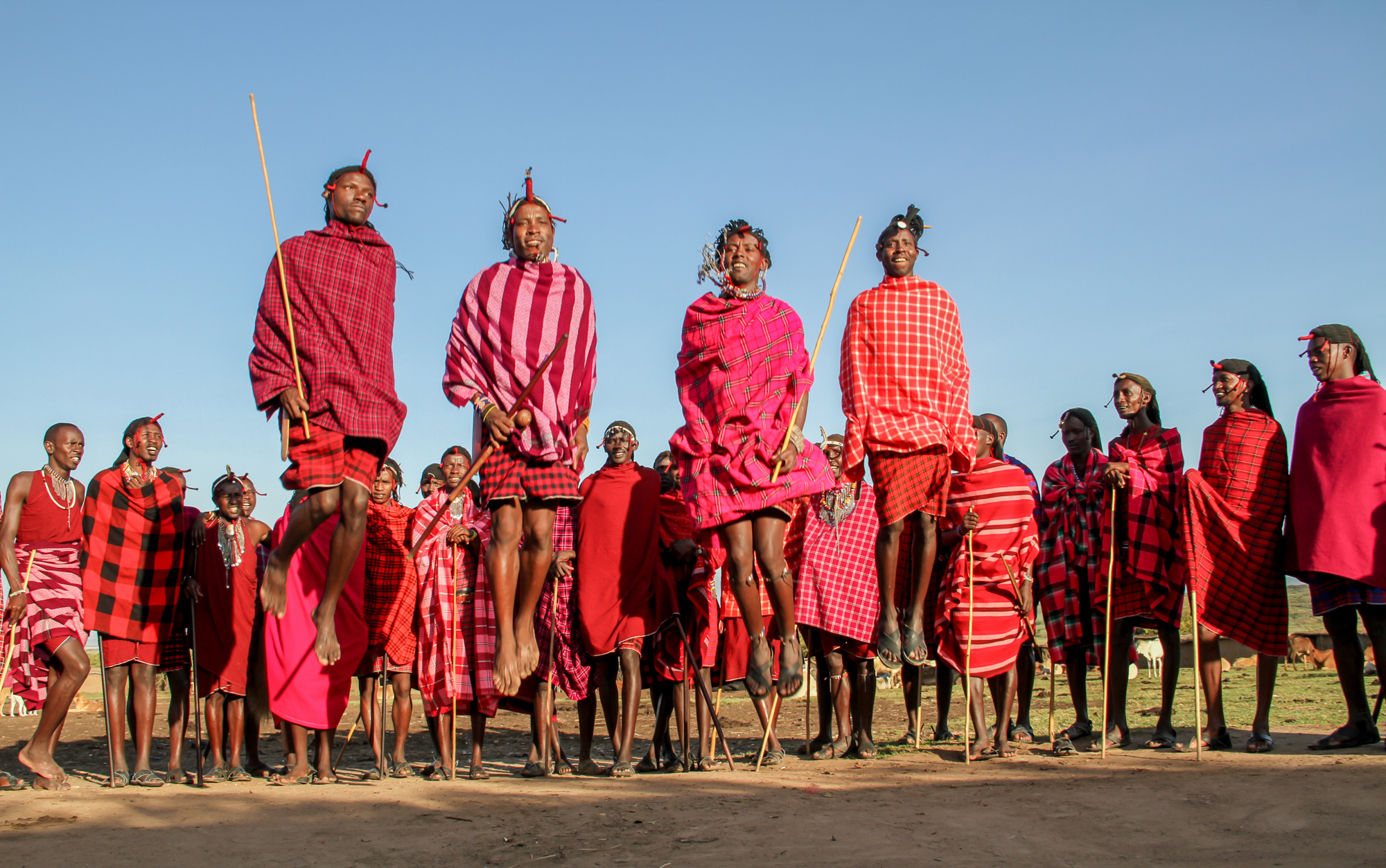
The elders of the village shared that in the past, they displayed their strength by hunting and killing lions. However, they have since abandoned this practice in favour of wildlife conservation, recognizing the importance of preserving the wildlife that surrounds them.
Within the village, gender roles are well-defined. Women take on daily responsibilities such as cleaning, cooking, and handcrafting jewellery, while the men serve as protectors of the village and its livestock.
The livestock are kept within the village's grounds, and I learned that they are herded to the nearby river around midday to drink with the Masai there to protect them from potential dangers. The traditional diet of the Masai consists primarily of milk, meat, and blood, all readily available within the village. The Masai believe that consuming fresh cow blood provides essential nutrients, strength, and even improves eyesight. For meat, they rely on the goats that roam within the village grounds.
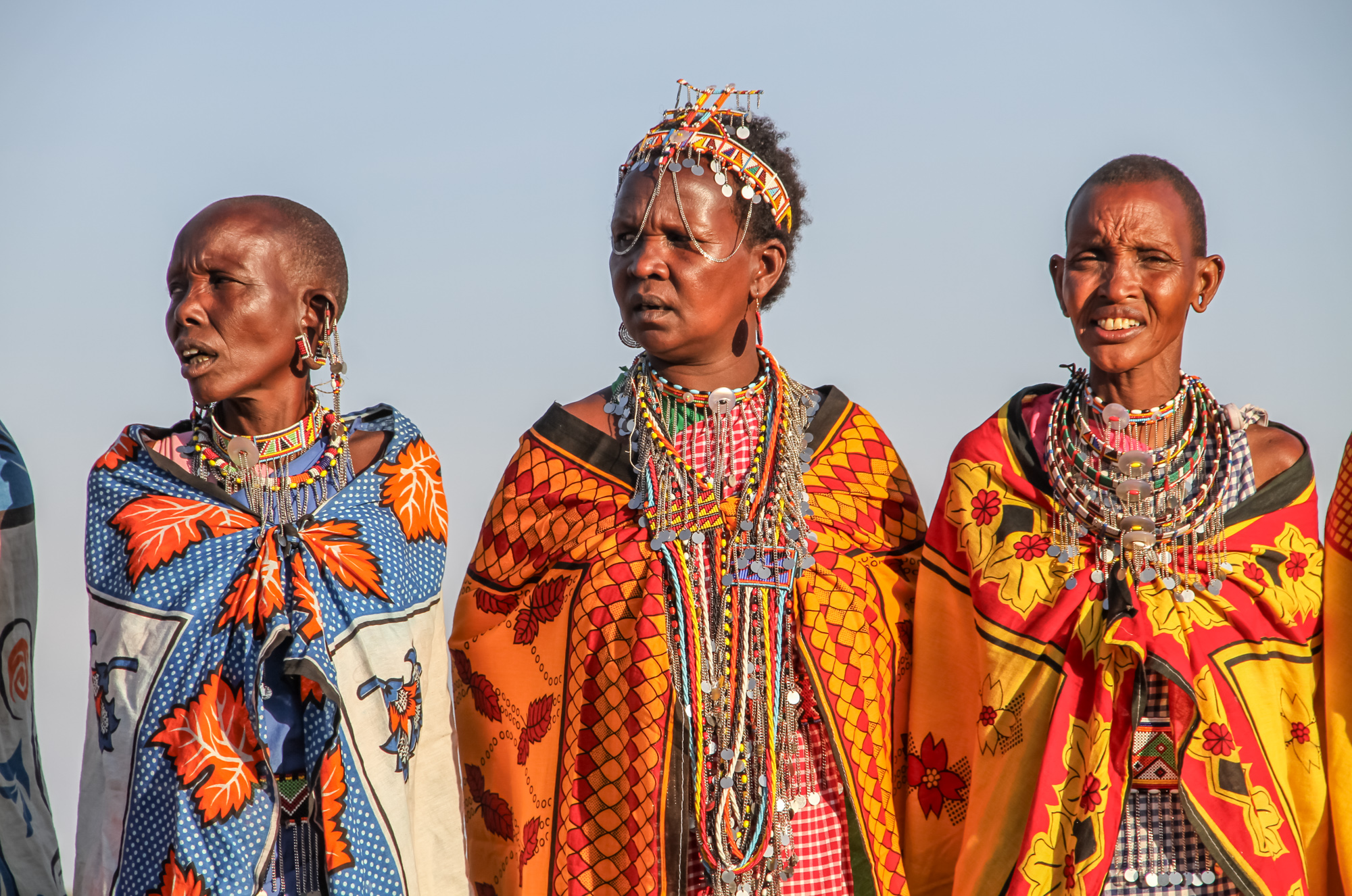
Visiting the Masai village offers an amazing and authentic experience. Visitors can opt for day visits and experiences that include fire-making demonstrations, traditional song and dance performances, tours of the mud huts where the Masai live, and walks around the village itself.
For the adventurous, there's even an option to spend a night in the village, where you can fully immerse yourself in the daily life of the Masai. This includes witnessing rituals, eating traditional food, and spending the night in a Masai hut. However, it's important to note that this experience might not be for everyone, as there's no access to power sources, and accommodations are basic, often involving sleeping on a simple sheet.
A day trip to the Masai village leaves you intrigued by their culture and way of life. It's a unique opportunity to step into a world rich in tradition, where the past and present seamlessly coexist.
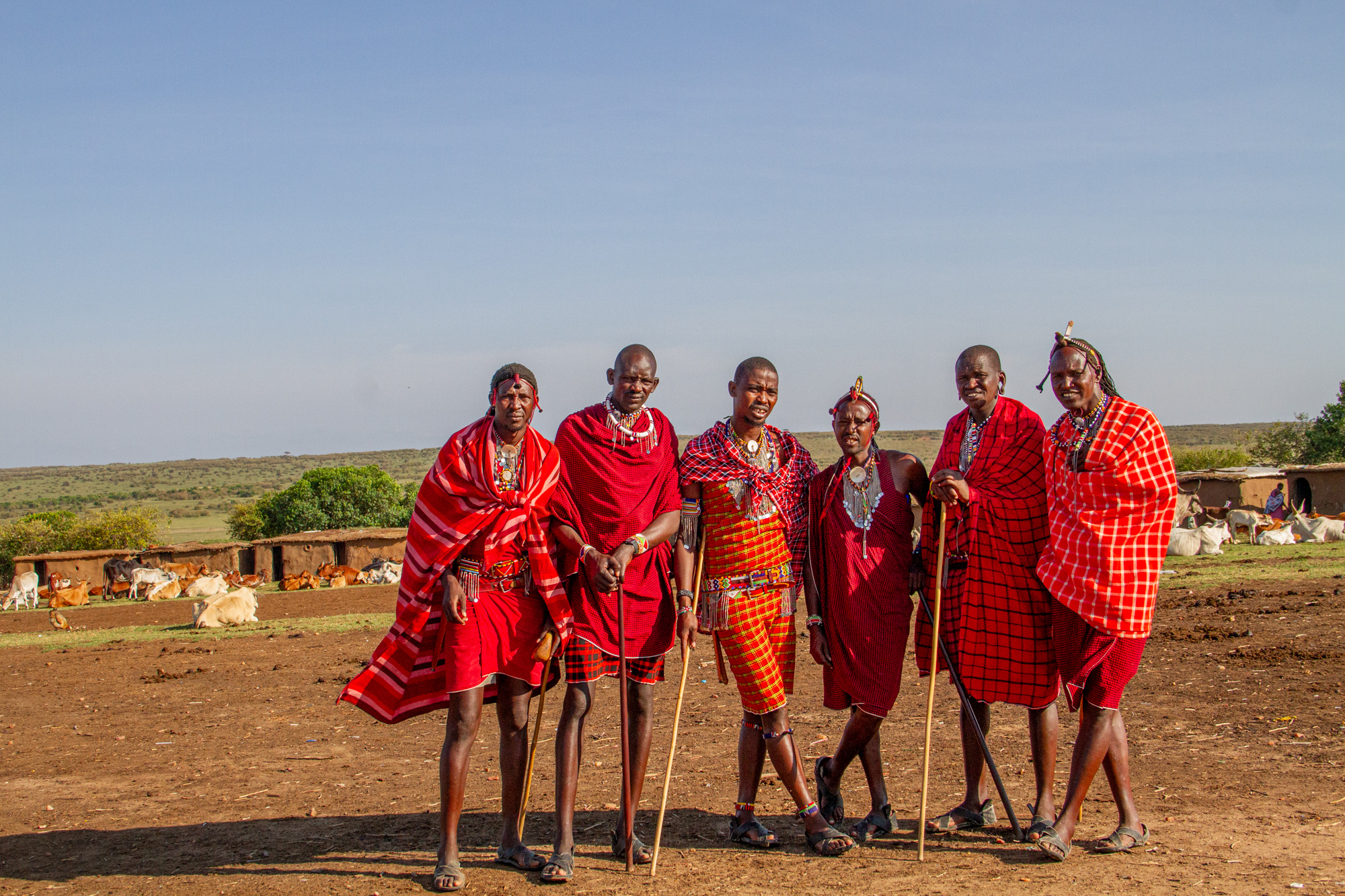
Images and Text by: Rebecca du Toit

